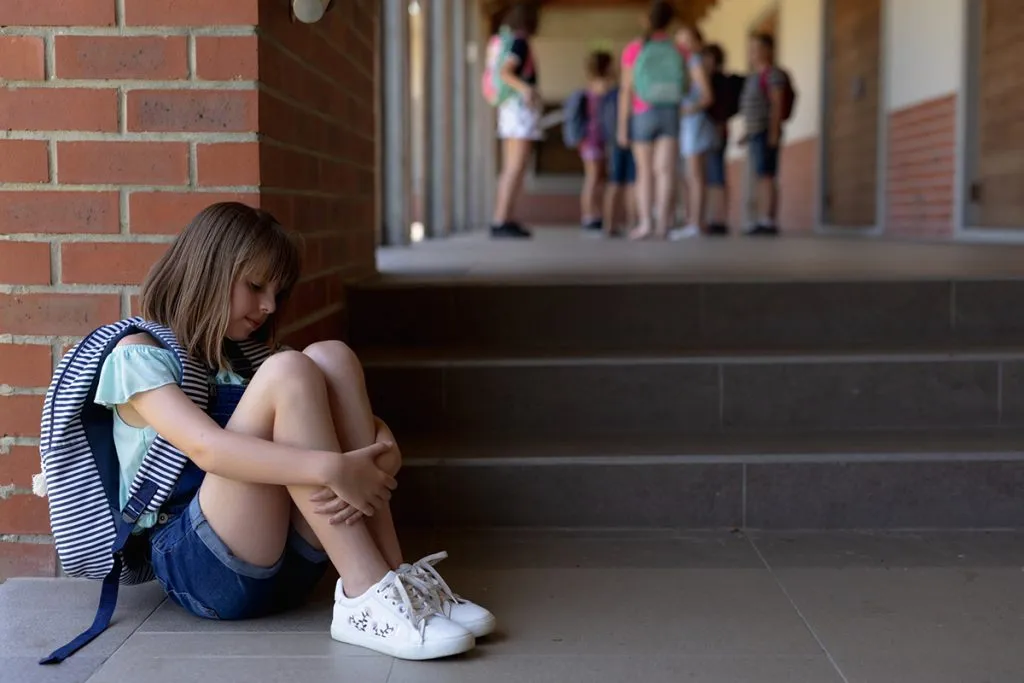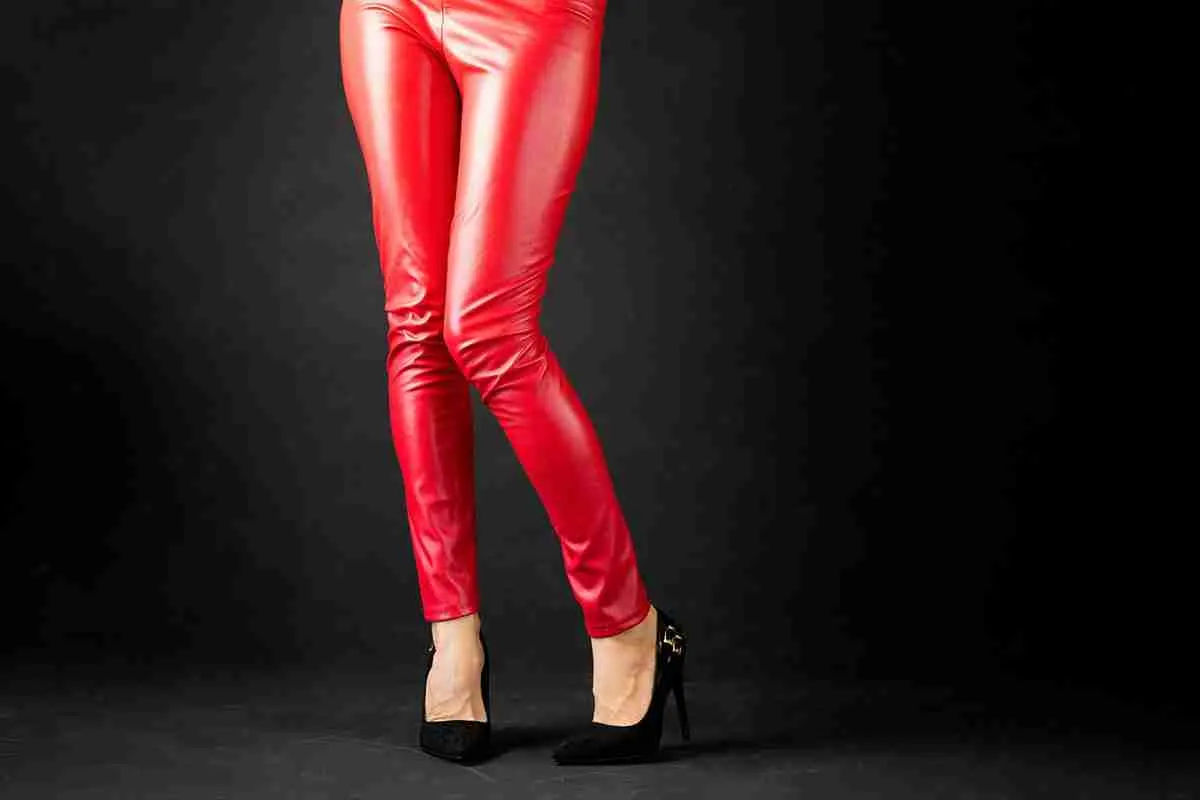Many middle and high school students want to wear shorts to school. To allow students to dress comfortably while ensuring that the clothing is appropriate, most schools have a dress code. Shorts are usually included in the dress code.
You can wear shorts to most middle schools and high schools. The caveat, there are guidelines to wearing shorts. Abiding by the dress code is necessary if you want to wear shorts to school.
Middle and high schools adopt a dress code policy to give students the opportunity to wear clothing like shorts. However, schools use the dress code as a guideline for what’s appropriate to wear in an academic institution.
Wearing Shorts in Middle School and High School
School clothes shopping can be a fun and exciting time for middle school and high school students. Parents (and students) may wonder if shorts are okay to wear to school. In a nutshell, yes, students can wear shorts to school.
While it’s okay to wear shorts, students and parents alike should be aware that all shorts aren’t allowed. Most middle schools and high schools have rules about shorts- and other clothing- that must be adhered to.

The Fingertip Rule
For students in both middle and high school, the fingertip rule is synonymous with wearing shorts. It’s a principle adopted by schools across the country. The fingertip rule helps you determine if your shorts are long enough, and it’s an easy to remember rule to help stay in line with the dress code.
How Do Shorts Fit Within the Dress Code Policy
A dress code policy is a set of rules determined by a school or school district that specify the manner of dress. Usually, the dress code policy is readily available in written or electronic format, like a student handbook or the school website. A dress code policy is important because it explicitly and clearly states what students can and can’t wear.
The Dress Code Policy on Shorts
During warmer months, students want to transition from pants to shorts. Shorts are available in various lengths and styles, and schools want to ensure that clothing is appropriate.
While there are some dress code policy variations from school to school, many carry the same principles. The overarching goals remain the same. Below are the most common shorts guidelines found in middle and high schools:
- Shorts should be loose fitting
- The length of shorts should at least reach the student’s fingertips when the student’s arms rest naturally at his or her side (otherwise known as the fingertip rule).
- Undergarments shouldn’t be visible.
- Shorts won’t be worn lower than the hips.
- Some schools also require that shorts hang no lower than the knee.
Coincidentally, similar rules apply to another garment: skirts. School administrators will follow the same guidelines to determine if a skirt follows the school dress code policy.
Other Dress Code Requirements
Students may push the boundaries on shorts, but it’s not the only dress code violation that school administrators face. There are other common dress code rules that are also broken during warm weather.
When the temperatures rise, keep these dress code rules in mind:
- Tank tops aren’t allowed.
- Likewise, midriff tops aren’t allowed.
- Flip flops are prohibited.
- Sandals must have support for the foot. Schools can require a pair of sneakers for gym class.
The dress code policy is intended for students to dress comfortably and appropriately. The rules above help to ensure this.
Violating the Dress Code Policy By Wearing Shorts
The dress code policy will also list the actions that school administrators will take when students violate the rules. Again, these rules can also vary, but mostly, schools generally take the same approach.
Both male and female students are at risk for breaking the dress code policy on shorts, even unknowingly. Girls are more likely to have shorts that are close fitting or too short per the dress code. Boys, on the other hand, tend to break the dress code with shorts that sit below the waist or hang below the knee. However, any student could potentially violate the dress code for any of the reasons above, regardless of gender.

Disciplinary Action
If the shorts are too snug, too short, too long, or any other violation of the dress code, the student can expect some level of disciplinary action. The first infraction is generally more forgiving than repeat violations of the same student.
When a student is found to be in violation of the dress code, they’ll usually be referred to the office. The school administrator will then explain to the student why the attire is inappropriate. A warning is issued to the student. The parent or guardian may or may not be contacted.
If a student is referred twice or more for a dress code violation, other action may be taken. Some schools have in-school suspension. Repeat dress code violations may be sent to in-school suspension for the remainder of the school day.
For a second offense, the student is usually not allowed to return to class. Therefore, the parent or guardian is likely contacted and explained the dress code violation. If a change of clothes is available, the student will be allowed to change and return to class. A parent can also bring a change of clothes for the student.
Some schools take it a step further and include out of school suspension for repeat offenses. Other possible disciplinary actions that may be taken include detention or community service.
Preventing Dress Code Violations
The easiest way to prevent a dress code violation is to read the student handbook thoroughly. Students and parents should familiarize themselves with the dress code. Students should take a look over their attire before they leave for school, and parents should pay close attention to the clothing every day, too.
Conclusion
Wearing shorts is permissible in middle and high schools. However, not all shorts are allowed. Most schools employ a dress code policy. It’s essential that students and parents are aware of the policy to avoid any disciplinary action.
What To Read Next:






